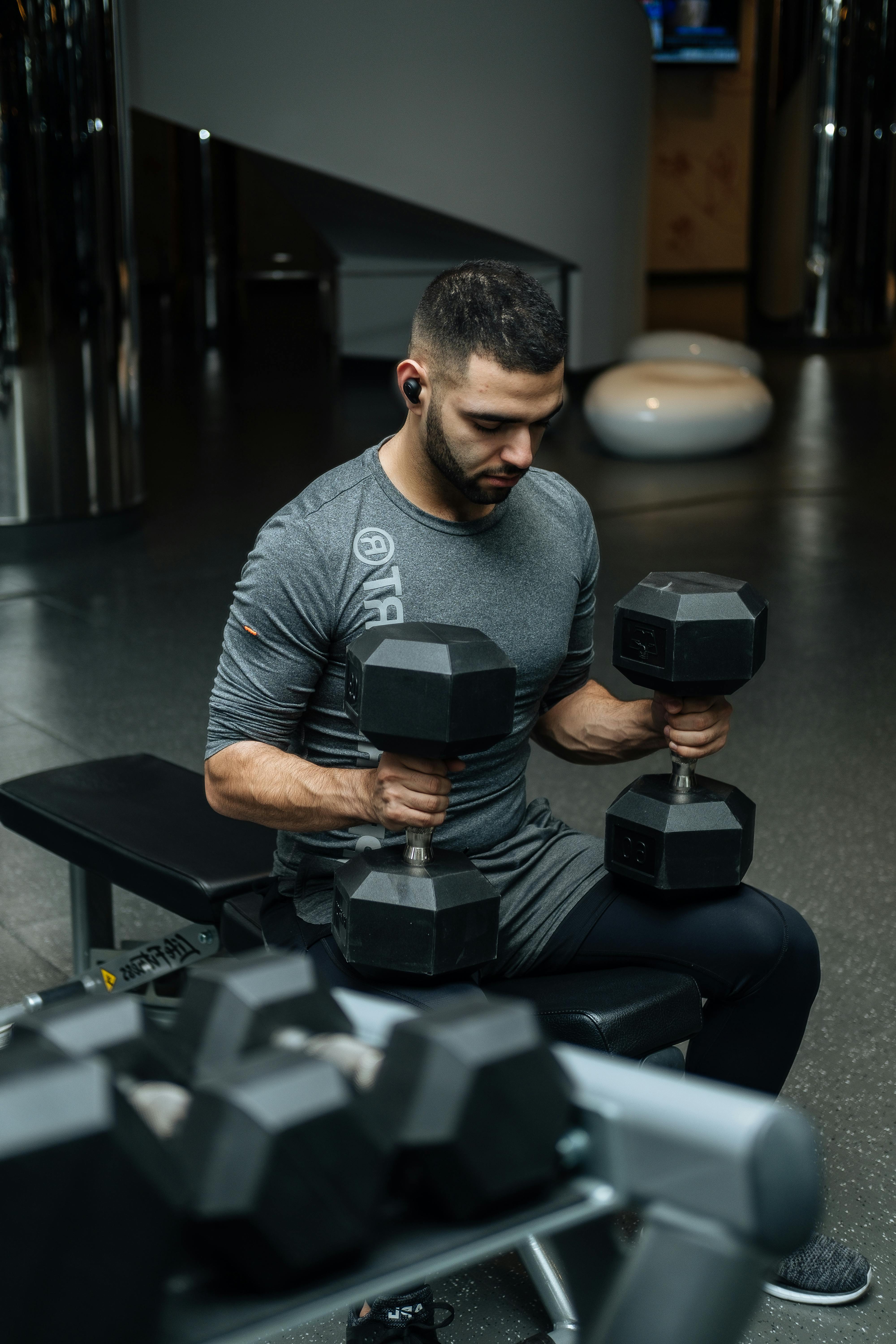Effective Strategies for Developing Brustpresse Muscles and Achieving Optimal Strength in 2025
The journey to building strong Brustmuskeln (chest muscles) starts with understanding how to effectively use the Brustpresse, or chest press machine. This piece of fitness equipment is crucial for enhancing muscle strength, improving body composition, and achieving your fitness goals. Engaging in a well-structured Krafttraining (strength training) regimen that focuses on targeted Brustübungen (chest exercises) can drastically improve your overall fitness levels.
As fitness trends evolve, knowledge of the latest training techniques, equipment, and nutrition becomes essential. This article will delve into effective ways to develop your Brustpresse muscles, addressing various training methodologies, exercise conformity, and optimal nutrition. By integrating these approaches, you can maximize your progress and maintain health awareness while practically implementing these strategies in a training plan.
Key takeaways from this guide will include practical workouts, dietary recommendations for muscle growth, and methods to prevent injuries during your training journey. Let’s dive into the effective ways to harness the power of Brustpresse for superior strength development!

Essential Techniques for Effective Brustpresse Workouts
Building on the principles of strength training, it’s important to understand that effective Brustpresse workouts begin with mastering the techniques. Proper form and technique ensure not only your safety but also the maximization of muscle engagement during exercises.
Understanding the Mechanics of Brustpresse
The Brustpresse utilizes a pressing motion to engage the chest, shoulders, and triceps effectively. To perform this exercise, you should sit on the machine with your back firmly against the pad, feet flat on the floor, and grip the handles at shoulder height. Engaging your core is critical to maintaining proper body posture throughout the movement. As you push the weights away from your body, exhale steadily, and inhale as you bring them back towards you, ensuring controlled movements. This will improve your strength while minimizing the risk of injury.
Incorporating Progressive Overload
To maximize your achievements, integrating the concept of progressive overload into your training is vital. This practice involves gradually increasing the amount of resistance you use in your Brustpresse exercises. Start with lighter weights to perfect your form, then slowly increase the weight as your strength improves. This progressive increase encourages muscle hypertrophy (growth) and enhances your overall performance by constantly challenging your muscles.
Developing a Comprehensive Training Plan
A structured training plan focusing on both frequency and variation is essential for developing Brustmuskeln effectively. Aim to include variations of the Brustpresse on different days, such as incline and decline presses, which target different areas of your chest. Additionally, incorporating other upper body exercises, such as push-ups and dumbbell flyes, can help in building a balanced physique. Consider working with a personal trainer who can tailor a program to your fitness level and goals.
Nutrition Strategies for Muscle Development
After grasping effective training techniques, understanding the role of nutrition in muscle development is equally important. Proper nutrition supports recovery, fuels workouts, and contributes to muscle growth.
The Importance of Protein in Recovery
Protein is a crucial element in your diet for muscle recovery and growth. Ensure your meals are rich in high-quality protein sources such as lean meats, eggs, dairy, legumes, and protein supplements. Post-workout, consuming protein within a window of 30 minutes can significantly enhance recovery and muscle protein synthesis. Aim for a protein intake of around 1.6 to 2.2 grams per kilogram of body weight for optimal results.
Creating Balanced Meal Plans
Your meal plans should include a balance of macronutrients: carbohydrates for energy, proteins for repair and growth, and healthy fats for overall well-being. Incorporating whole foods and reducing processed ingredients will aid in achieving a well-rounded nutritional regimen. Additionally, timing your meals around your workouts can enhance performance and recovery.
Supplementation for Enhanced Performance
Incorporating supplements can support your training efforts. Supplements such as creatine and branched-chain amino acids (BCAAs) may boost performance and recovery. However, always consult with a healthcare professional or sports nutritionist before starting any supplementation to ensure it fits within your overall dietary plan.

Injury Prevention Strategies During Training
Taking measures to prevent injuries is crucial for maintaining an effective training program. Understanding your body and practicing smart training strategies will keep you healthy and progress effectively.
Importance of Warm-Up and Cool-Down
Engaging in an appropriate warm-up before workouts is vital for increasing blood flow and preparing your muscles for the stress of training. Include dynamic movements that mimic exercises to be performed, such as arm circles or lighter-weight Brustpresse practice. Post-workout, a cool-down session with stretching can aid in recovery and flexibility, reducing the risk of strains or sprains.
Listening to Your Body’s Signals
Always monitor how your body feels during training sessions. If you experience pain, consider adjusting your technique, reducing weights, or resting. Ignoring signs of discomfort can lead to more severe injuries and setbacks in your training journey.
Maximizing Your Fitness Goals
With the right strategies for training, nutrition, and injury prevention, you can effectively work towards maximizing your fitness goals.
Setting SMART Goals for Your Training
Establishing SMART (Specific, Measurable, Achievable, Relevant, Time-bound) goals creates a clear path for your fitness targets. For instance, instead of targeting “better strength,” a goal like “increase chest press weight by 10% in six weeks” provides a quantifiable measure of success.
Tracking Progress for Motivation
Regularly tracking your workouts and nutritional intake ensures you stay accountable and motivated. Fit use of technology, such as fitness apps, can help in recording your performance and adjusting your plan as necessary.
Q&A: Common Concerns About Brustpresse Training
What is the best frequency for Brustpresse workouts?
Training your Brustmuskeln about two to three times a week, allowing rest days in between, is effective for muscle building. Just ensure to vary the exercises to maintain effectiveness and prevent plateauing.
How can I safely increase my weights?
Gradually increasing the weight you lift using the progressive overload method is key. When you can perform your target reps comfortably with the current weight, increase by 5-10% for the next session.
What are signs of overtraining?
Symptoms like persistent fatigue, decreased performance, and increased irritability may indicate overtraining. If you experience these, it may be time to reassess your training intensity, recovery protocols, or nutrition.
How important is hydration during training?
Staying hydrated is crucial for optimal performance. Dehydration can hinder your strength and energy levels, thus affecting your workout quality. Aim for at least 2-3 liters of water daily, increasing that during intense training days.
What if I don’t have access to a gym for Brustpresse training?
If gym access is limited, alternative body-weight exercises such as push-ups and dumbbell variations can still effectively develop Brustmuskeln. Consider investing in resistance bands or dumbbells for home workouts.
